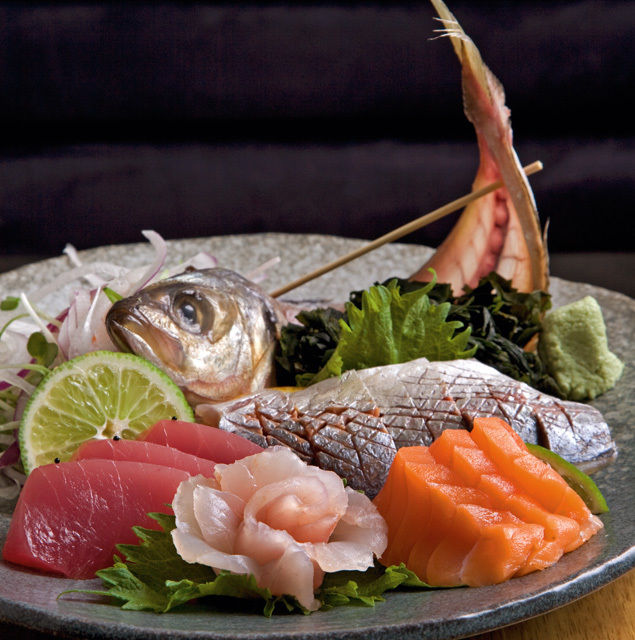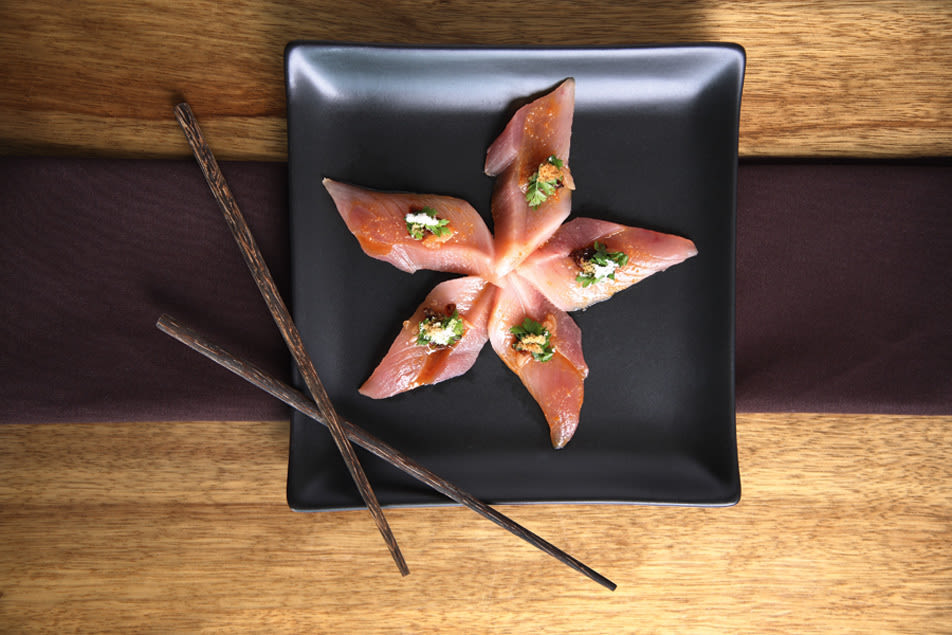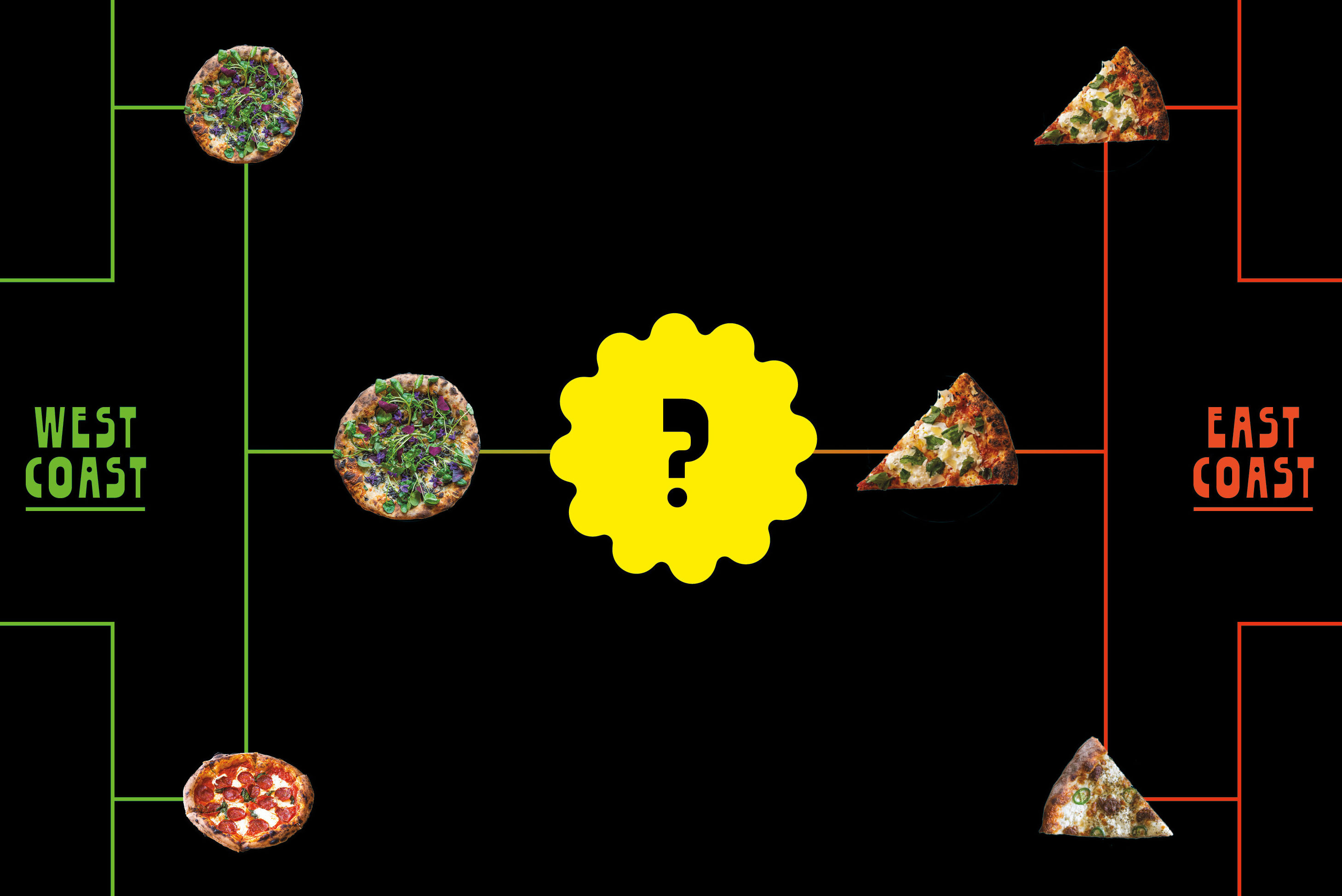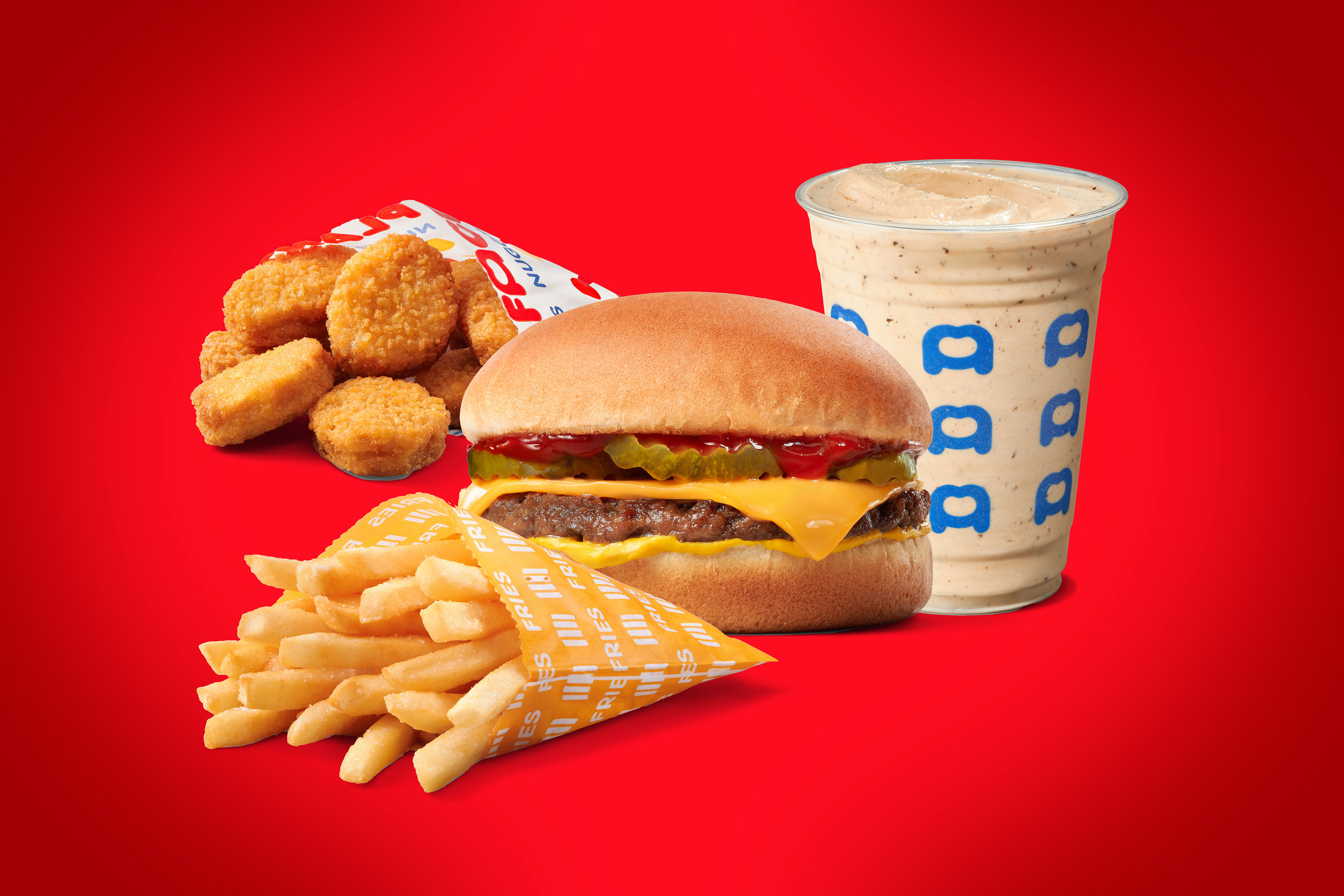Fair Catch

Chef’s choice sashimi
Image: Steven Scardina
It’s Saturday night, and the dining room at Bamboo Sushi is at capacity. The room throbs with ambient electro-pop as an attentive member of the gently tattooed waitstaff ushers me through the crowd at this chic-but-casual Laurelhurst sushi bar.
The dining room here is a vision of young, contemporary sophistication—a little dark, a little understated, but inviting enough. It has all the hallmarks of upscale sushidom: clean lines, stark walls, a solid-wood sushi bar backed by smooth black slate, and the dim glow of candles. But the trademark minimalism of Japanese dining ends promptly at the menu.
Ambitious to a fault, Bamboo Sushi’s menu is dense with options—brisket to burgers to salads to sashimi—which makes choosing my meal a nearly impossible task. The sake menu alone requires an intimidating level of mastery (brands are listed by the percentage of polish on the grains). Still, you have to respect a place that takes quality and selection as seriously as it does educating its public. Bamboo is owner Kristofor Lofgren’s dream of an eco-friendly sushi bar realized. Founded on the philosophy of promoting sustainable fishing practices, Bamboo is now famously certified by the Green Restaurant Association as the first “green” sushi restaurant in the United States. And Lofgren isn’t going to let you forget it.
Here, you’ll never see bluefin or octopus on the menu, or any other endangered creature that other restaurants haul in as high-end staples. The perpetually overfished and beleaguered albacore, for example, has been replaced at Bamboo by troll- and pole-caught Pacific albacore, certified as sustainable by the Marine Stewardship Council (MSC). A placard on my table tells me that my choice is making a difference.
In fact, I’m reminded of Bamboo’s green ethos at every turn. On the menu, colorful icons denote the sustainability certifications of nearly every dish, while the logos of Bamboo’s various marine conservation partners (including EcoTrust’s Salmon Nation, the Monterey Bay Aquarium’s Seafood Watch, and the Blue Ocean Institute) parade across the bottom. A delicious-sounding platter that includes an eight-piece spicy albacore roll and house-smoked ivory salmon nigiri is vaguely branded “MSC Plate.” Even the restaurant’s minimalist décor is almost disturbed by a banner proclaiming Bamboo’s green certification. The message is clear: sushi is an indulgence you can finally feel good about. But the relentless display of noble intentions and culinary bravado risks overcomplicating the fundamental point of this dining experience—fresh, delicious sushi.

Albacore carpaccio at Bamboo Sushi
Image: Steven Scardina
Tucked tightly into the space next to Ken’s Artisan Pizza, in the old Masu East location—Lofgren funded Masu’s second site in 2006, but recently bought out his partners’ shares to build Bamboo Sushi in its place—Bamboo Sushi may well round out a triple threat of superb Portland sushi houses, along with Masu on W Burnside Street and the Pearl District’s Hiroshi. An assorted sashimi plate confirms my hunch that the fish should be allowed to speak for itself: the sashimi is perfectly fresh and also deeply flavorful, a testament to the quality of Bamboo’s seafood selection; chilled cuts of meaty wild salmon (MSC certified, as we’re invariably reminded), deep-red tuna, and delicate yellowtail are complemented by real wasabi grown in Oregon. (Unlike the sinus-searing horseradish paste you’ll often find, real wasabi is milder in flavor and gentler on the palate.) The scallops on the “chef’s choice” sashimi plate (which varies daily according to freshness and availability) are so creamy they seem to melt off my chopsticks.
What the sashimi offers in simplicity, the house signature rolls counter with showier displays of artistry. These elaborate inventions are busy with ingredients that often sound more interesting than they collectively taste. The Ring of Fire roll, for example, is a mouthful of fried oyster, cucumber, yamagobo (Japanese pickled burdock), chopped albacore, jalapeño and a redundant jalapeño marmalade topping, fried shallots (yes, tiny onion rings), and yuzu sauce. The dish verges on overkill, but fails to fully deliver the fireworks its name suggests. Instead it is mildly sweet, delicately spicy, but otherwise forgettable. Similarly, the Local, a roll of MSC-certified albacore, red jalapeños, and cucumbers, topped with pale-pink crab salad, sesame aioli, and glossy black tobiko (flying fish roe), is pleasing, if not particularly distinctive.
It’s Bamboo’s more mundane sushi options that stand out. Feeling rather unimaginative and pedestrian, I sheepishly order a Rainbow roll, more or less the sushi equivalent of a turkey sandwich—ubiquitous, safe, familiar. But it arrives with a bright blush of salmon and tuna, and thin slices of avocado. It all tastes as vivid and pure as it looks. The Northwest Philly roll, Bamboo’s signature take on another classic standby, also impresses with its full smokiness, rich cream cheese, and a light tempura crunch, finished with a drizzle of sweet eel sauce. And diners partial to Masu East will be relieved to find old favorites on the menu, like the succulent Kobe beef burger with a sweet homemade brioche bun, caramelized onions, and a tangy dipping sauce.
Leaving the restaurant, I’m reminded of a bit of wisdom a fellow food-critic shared with me recently: “The better the seafood, the less you should be doing to it.” Sushi, above all, should inspire rather than overwhelm. The statement should come from the quality of the fish, more so than from placards, banners, and overzealous menus—which may be why Bamboo Sushi is at its best when it isn’t trying so hard.




